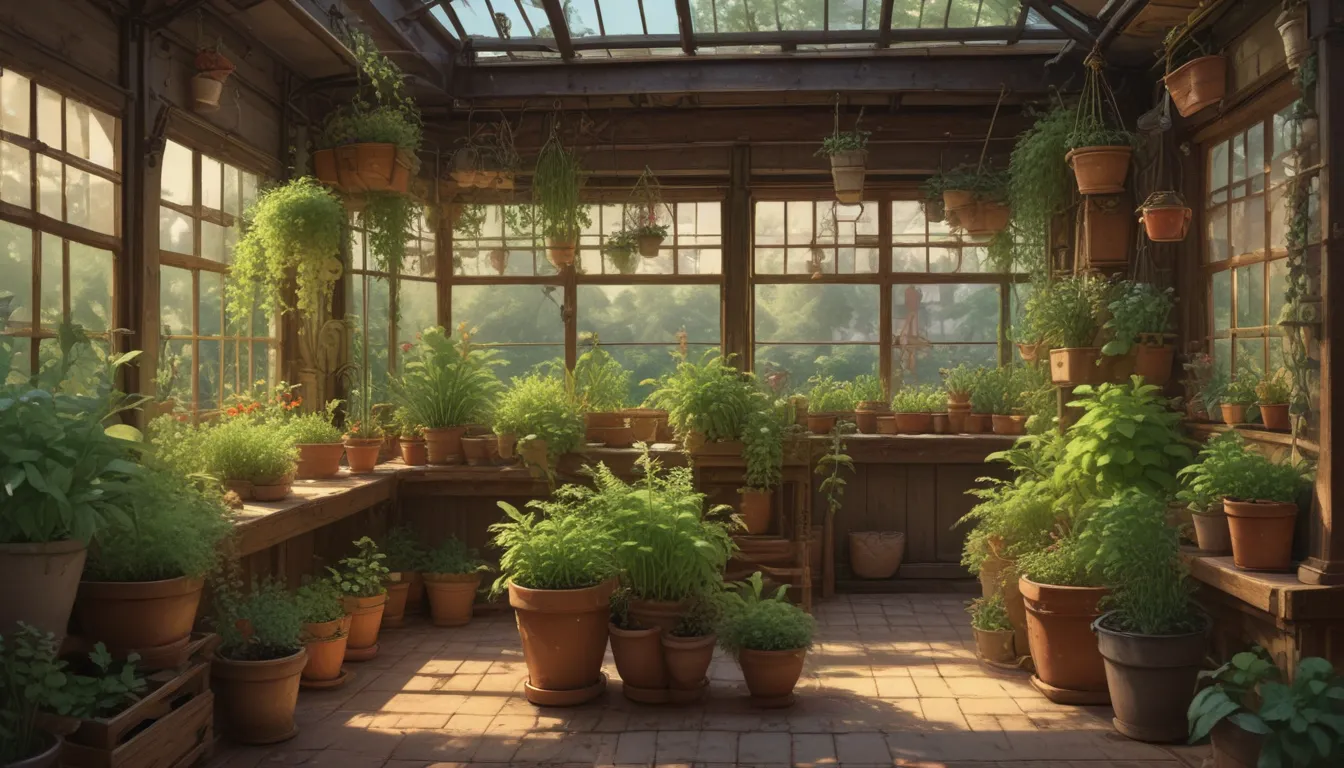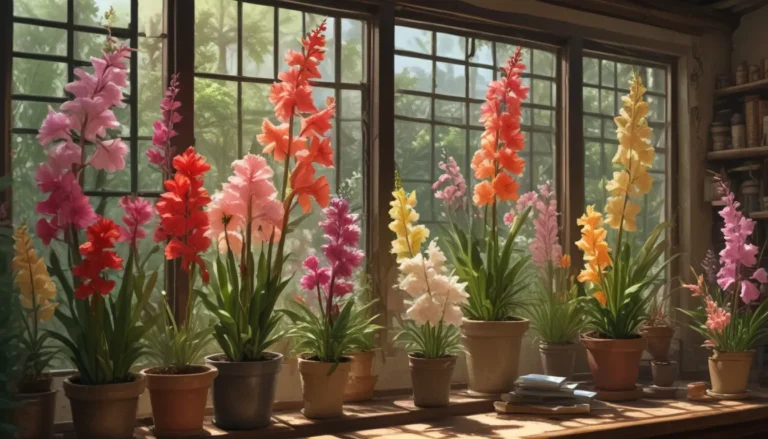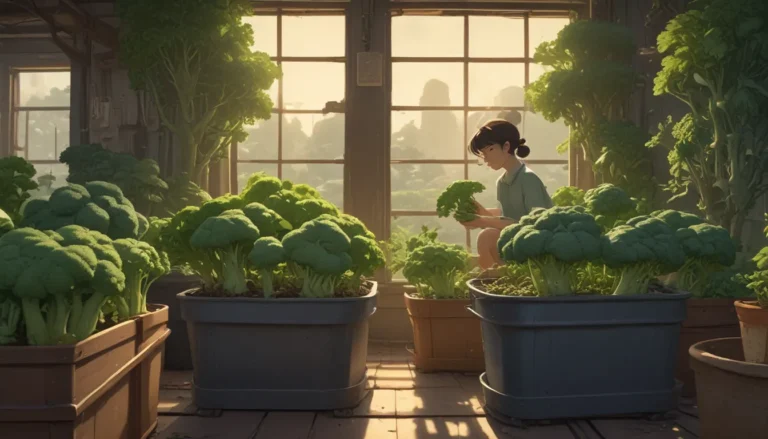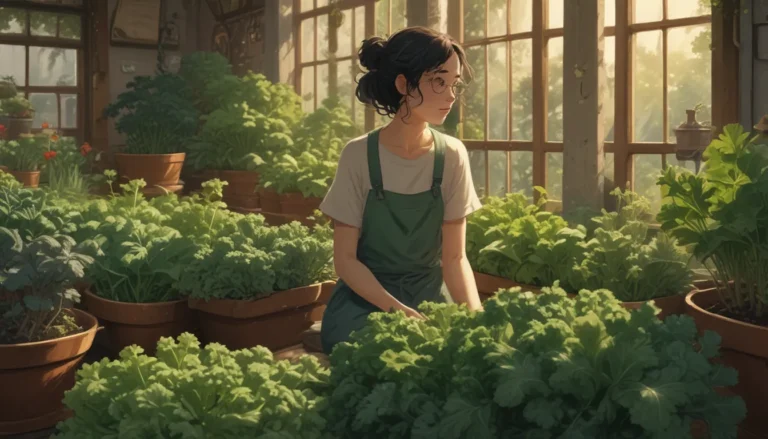How to Cultivate an Abundant Container Herb Garden

Are you ready to dive into the world of container herb gardening? If you enjoy the aroma and flavor of fresh herbs, creating your own container garden is a rewarding and straightforward way to elevate your culinary creations.
Container herb gardens are versatile, portable, and easy to maintain. Plus, they offer the added benefit of bringing pollinators to your space with their aromatic flowers and lush foliage.
Let’s explore the essential tips and tricks to ensure your container herb garden thrives all summer long. From selecting the right herbs to nurturing your plants through every season, we’ve got you covered!
Why Choose Container Herb Gardening
Container herb gardens are ideal for various reasons:
- Suitable for cooks: Culinary herbs add delicious flavor and fragrance to your dishes.
- Portable: You can move your pots around to provide optimal growing conditions.
- Economical: Growing your own herbs saves money and ensures a fresh supply at your fingertips.
Which Herbs Should You Choose?
With a vast array of herbs to choose from, selecting the right ones for your container garden is crucial. Start by focusing on herbs you’ll use regularly in your cooking.
Consider these culinary themes to guide your herb selection:
- French Cuisine: Choose herbs like bay, chervil, chives, fennel, garlic, and thyme.
- Italian Cuisine: Opt for herbs such as basil, oregano, parsley, rosemary, and sage.
- Mexican Cuisine: Include herbs like cilantro, mint, and oregano to enhance your dishes.
- Asian-Inspired Cuisine: Select Thai basil, coriander, lemongrass, and ginger for a flavorful touch.
- Preserves and Pickles: Grow bay, celery, coriander, dill, and mustard for their seeds.
In your container garden, consider incorporating a mix of herbaceous perennials and woody perennials. Choose herbs that are hardy in your climate to ensure year-round growth.
Site Selection
Positioning your pots in the right location is essential for your container herb garden’s success. Consider the following tips for optimal growth:
- Select a spot with at least six hours of sunlight per day.
- Place pots close to a water source for convenient watering.
- Cater to each plant’s specific needs and avoid mixing incompatible herbs in the same pot.
For added convenience, consider using a drip irrigation system to ensure your plants receive adequate water without the hassle.
Pick Your Pot
Choosing the right container is critical to support healthy root growth and plant development. Here are some key considerations when selecting pots for your herb garden:
- Ensure containers have drainage holes to prevent waterlogging.
- Select pots that are at least one-third as tall as the mature plant.
- Use materials like plastic or resin for overwintering durability.
Remember, larger pots provide better insulation for your plants during the winter months and offer ample room for root growth.
Double Your Pleasure
If space allows, consider planting multiple pots of your favorite herbs. Rotating pots between prime growing locations can help maintain plant health and ensure a steady supply of fresh herbs for your culinary creations.
Start with Good Soil
Creating a nutrient-rich soil mix is essential for the health of your container herb garden. Consider the following soil blend for optimal plant growth:
- 1/4 garden soil or potting mix
- 1/4 landscape sand
- 1/4 vermiculite or peat moss
- 1/4 aged compost or manure
Regularly amending the soil with aged compost and replacing it every 3 to 4 years can help maintain healthy plant growth in your container garden.
Watering and Fertilizing
Container-grown herbs require regular watering and fertilization to thrive. Follow these guidelines for optimal plant health:
- Water when the top inch of soil feels dry, especially in hot or windy conditions.
- Fertilize monthly with a diluted fish emulsion solution during the growing season.
- Use a drip irrigation system for efficient watering and reduced water consumption.
Remember to harvest your herbs regularly to encourage new growth and maintain plant health throughout the growing season.
Harvest Wisely
To keep your container herbs flourishing, practice regular harvesting techniques:
- Pinch back or pick leaves often to promote bushiness.
- For leafy plants, start by picking the outer leaves and work your way up towards the center.
- Remove flower buds promptly to preserve the best flavor in your herbs.
Don’t forget to use edible herb flowers as colorful garnishes or salad toppers to add a unique touch to your dishes.
Fall Cleanup
As the growing season comes to a close, prepare your container herb garden for winter by following these steps:
- Trim dead or damaged stems on woody perennials.
- Cut herbaceous plants to the ground and apply a fresh layer of mulch for winter protection.
- Clean and store pots used for growing annual herbs to protect them from frost damage.
Winter Protection
Protecting your container herb garden during the winter months is essential for ensuring plant health:
- Move pots with perennial herbs to a frost-free area for winter protection.
- Insulate pot roots with blankets, bubble wrap, or fabric covers on chilly nights.
- Consider bringing outdoor plants indoors to safeguard them in cool climates.
Proper winter care and pruning practices can help your container herb garden thrive year after year.
Pruning
Annual herbs typically do not require pruning, but woody perennials benefit from regular maintenance. Follow these tips for effective pruning:
- Prune woody herbs in early spring or after flowering to maintain plant health.
- Avoid late-season pruning, as it can encourage new growth vulnerable to winter cold.
- Trim lightly during the growing season to control plant shape and size.
Pruning your container herbs ensures robust growth and a tidy appearance throughout the year.
In Conclusion
Container herb gardening is a rewarding and practical way to enjoy fresh flavors and fragrances in your cooking. By following these tips and techniques, you can create a thriving herb garden that elevates your culinary creations and enhances your outdoor space.
Remember to water, fertilize, and harvest your herbs regularly for a steady supply of fresh, flavorful leaves. With the right care and attention, your container herb garden will flourish year after year.
Are you ready to start your own container herb garden? Share your favorite herbs and gardening tips in the comments below!
Explore our library of articles on container gardening and discover new ideas to elevate your garden:
- The Best 11 Vegetables to Grow in Pots and Containers
- Keep Your Containers Looking Great with These 6 Simple Tricks
- How to Grow Vegetables in Containers
Let the journey to a thriving container herb garden begin!
Disclaimer: This article contains referral links to relevant products. If you make a purchase through these links, we may earn a commission. All product photos are courtesy of respective vendors. For more details, refer to our Terms of Service.





